In the rugged terrain of south-central Montana, a late September night brought an unexpected alliance between traditional hunting and cutting-edge technology. Drone operator Koby Steinmann received an urgent call from elk hunters in need of assistance.
The hunters had successfully shot a big bull elk but lost its blood trail in the encroaching darkness. Without hesitation, Steinmann loaded up his drone and drove through the night to lend his expertise, showcasing how Drone Technology is rapidly changing the landscape of Wildlife recovery and ethical hunting practices.
High-Tech Hunt Recovery: Eyes in the Sky
Arriving at the scene, Steinmann wasted no time deploying his advanced drone setup. Using a DJI Matrice 300 equipped with state-of-the-art thermal imaging technology, he methodically scanned the canyon where the elk was last seen. The hunters’ initial estimate of the elk’s location proved to be off by a significant margin.
“It turned out the wounded bull traveled farther than the 500 yards the hunter guessed,” Steinmann explained. “About 1,000 yards away from the location of the shot, I picked up a heat signature near a creek at the bottom of the canyon.”
This discovery highlights the drone’s ability to cover vast areas quickly and efficiently, far beyond what ground searchers could manage in the same timeframe.
“They were able to get the bull out,” Steinmann recounted with satisfaction. “The meat was still good. They were thrilled and I was thrilled for them.”
Navigating Montana’s Complex Drone Laws
The use of drones in hunting activities in Montana operates within a framework of evolving regulations. Ron Howell, head of Fish, Wildlife & Parks’ Enforcement Division, shed light on the current Legal landscape:
“What we’ve told our wardens, if somebody does that and they find the animal dead, then yes, they could go recover that animal because the hunt is over,” Howell explained. “We obviously don’t want meat to go to waste. We want hunters to recover their game, field dress it and take care of the animal. That’s what we care about.”
However, the regulations become more nuanced when dealing with live animals.
“But if they were to find it alive, they could not then hunt that animal within the same calendar day,” Howell added, referring to regulations that classify drones as “aircraft” for hunting purposes.
This legal framework aims to balance the benefits of technology with principles of fair chase hunting. The state’s approach to drone use has seen significant changes in recent years, with the passing of Senate Bill 84 in 2023 playing a crucial role in defining drones as “aircraft” for hunting regulations.
The Drone Recovery Business: A New Frontier
Steinmann’s venture into drone-assisted game recovery is part of a broader business model. Operating under the name Flying Kobrah, which he runs with his wife, Steinmann offers his drone services for $500 for a three-hour search, with additional charges for drive time and mileage.
His high-tech setup is impressive, featuring:
- A thermal camera for detecting heat signatures
- A powerful 200x zoom lens for detailed visual inspection
- A laser rangefinder for precise location mapping
“I can scan a huge area pretty quickly with the thermal. I’m able to see through pretty thick brush and foliage to see a buck or anything hiding in the forest,” Steinmann explained. “Then I can shoot it with the laser rangefinder and it will drop a pin that gives me the exact coordinates of that target area.”
This technology not only aids in recovery but can also help prevent unnecessary suffering of wounded animals and reduce meat waste.
Ethical Considerations and Industry Perspectives
The integration of drone technology into hunting practices has sparked significant debate within the hunting community and conservation organizations. The National Deer Association’s 2024 deer report highlighted Montana’s unique position:
“Montana is the only state in the West that allows for the use of drones to assist in the recovery of wounded or dead game animals.”
This statistic underscores the progressive stance Montana has taken compared to its neighboring states. However, not all organizations share this enthusiasm for drone use in hunting scenarios.
Backcountry Hunters and Anglers, a prominent conservation group, has taken a firm stance against the use of drones in all aspects of hunting. Their position statement reads:
“In recent years the use of these so-called ‘unmanned aerial vehicles’ has skyrocketed – even in the backcountry. Increasingly, and worryingly, there are sightings of drones being used to scout and stalk big game. While many users operate drones responsibly, this technology presents easy opportunity for abuse, and if not regulated now it poses a significant threat to ethical hunting and the fair distribution of hunting opportunity.”
This perspective highlights concerns about maintaining the integrity of fair chase principles and preventing potential misuse of technology that could give hunters an unfair advantage.
The Future of Drones in Hunting
As drone technology continues to advance, its role in hunting and wildlife management is likely to evolve. Potential future applications could include:
- More sophisticated thermal imaging for improved animal detection
- AI-powered tracking systems for more efficient searches
- Integration with GPS and mapping software for better navigation in remote areas
However, these advancements will likely be accompanied by ongoing debates about ethics, fair chase, and the proper balance between technology and traditional hunting skills.
DroneXL’s Take
The use of drones in wildlife recovery highlights the evolving intersection of technology and conservation. While concerns about fair chase are valid, drones could potentially reduce wasted game and improve ethical hunting practices. This aligns with recent trends we’ve seen in drone technology for wildlife conservation, where UAVs are increasingly used for animal tracking and habitat monitoring.
The case of Koby Steinmann and his drone recovery service in Montana serves as a fascinating case study in how technology can be applied to age-old practices. It raises important questions about the future of hunting, the role of technology in conservation, and the ethical implications of using advanced tools in wildlife management.
As drone technology continues to advance, we’ll likely see more debates on its proper role in hunting and conservation. The challenge for policymakers, hunters, and conservationists will be to find a balance that respects hunting traditions, ensures fair chase, and leverages technology to promote responsible and ethical hunting practices.
What are your thoughts on using drones to recover wounded game? Do you see it as a valuable tool for ethical hunting or a step too far in terms of technological intervention? Share your opinion in the comments below.
Photo courtesy of Helenair.com
Discover more from DroneXL.co
Subscribe to get the latest posts sent to your email.
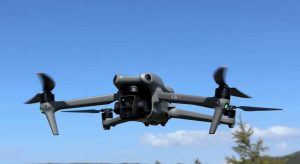
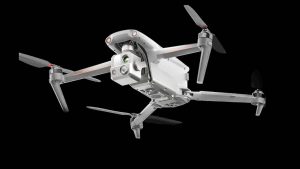

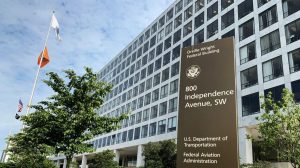
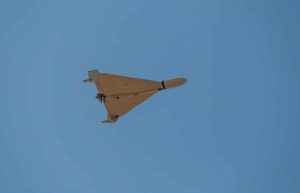
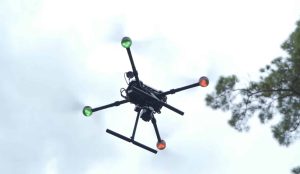
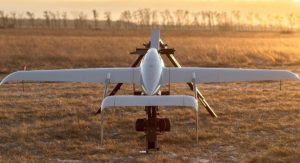
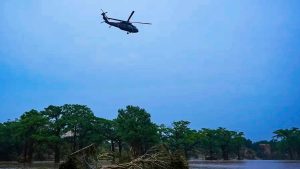

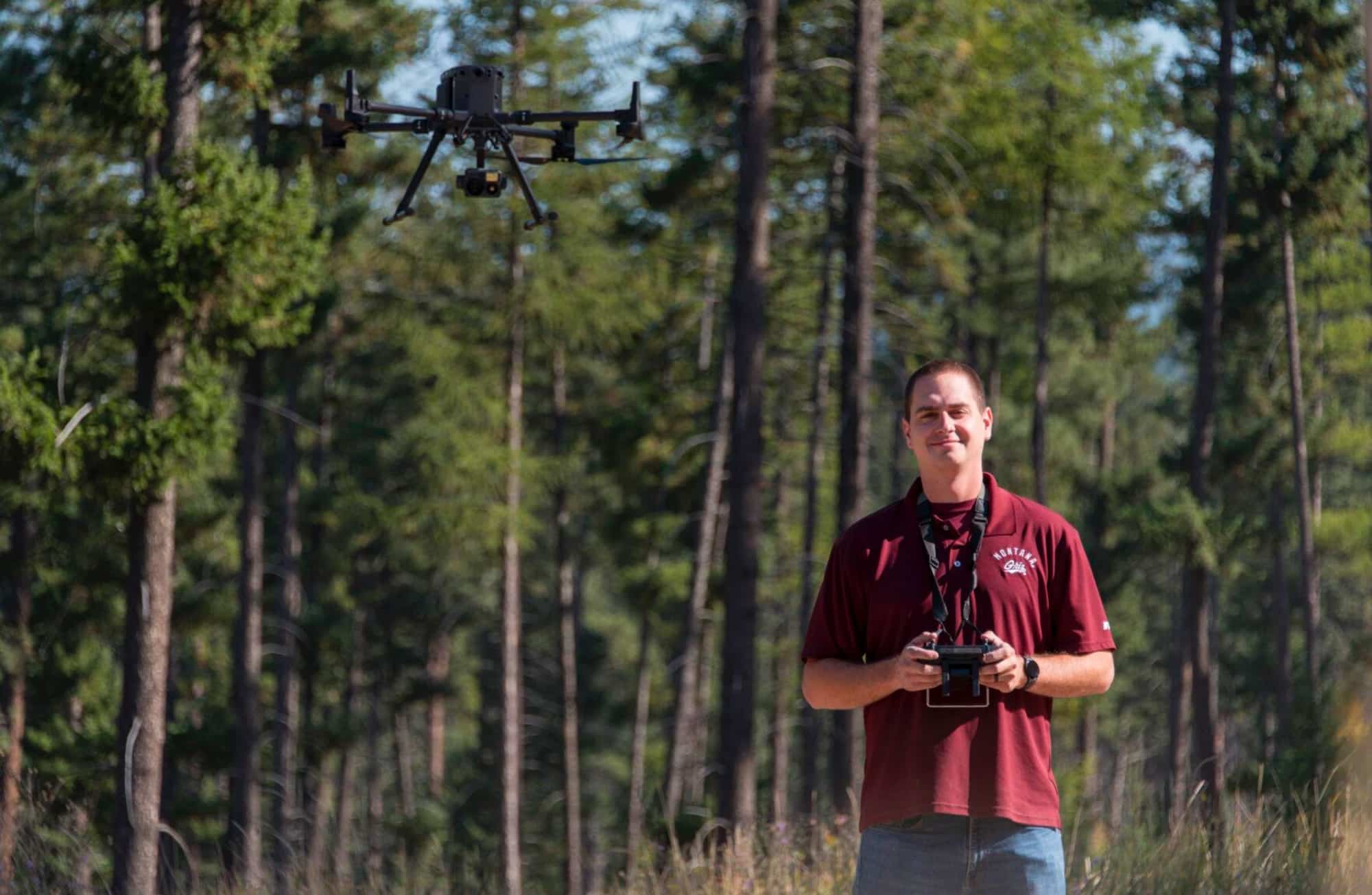
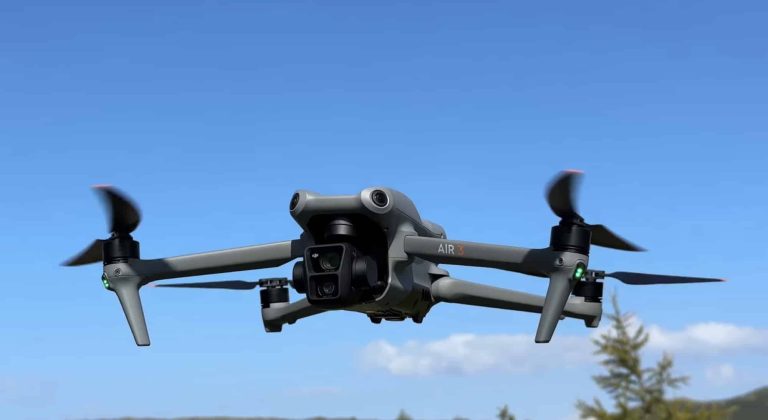
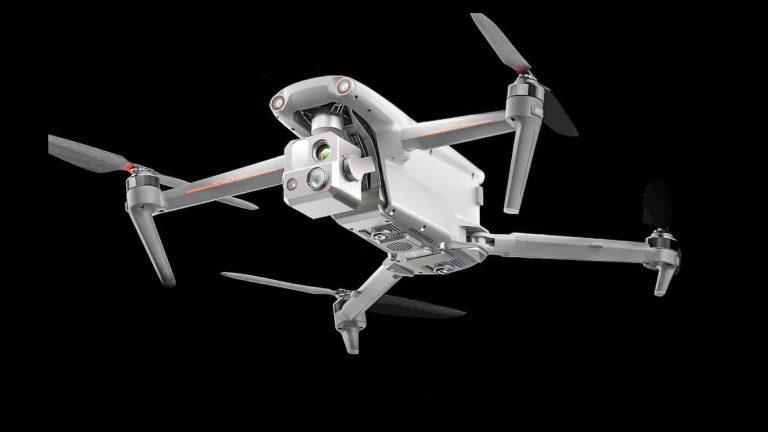
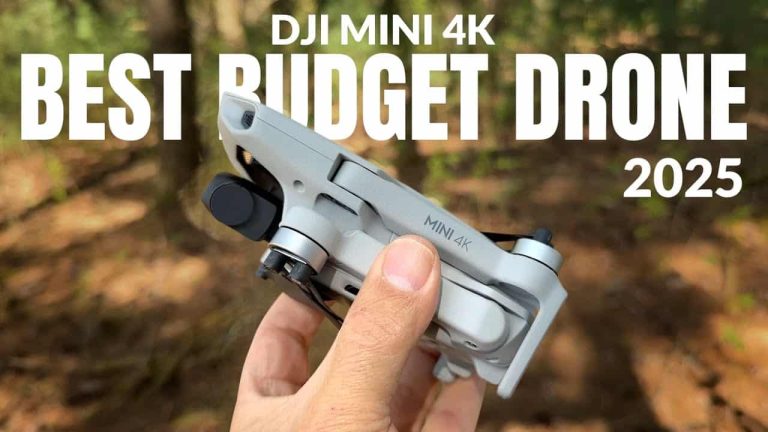
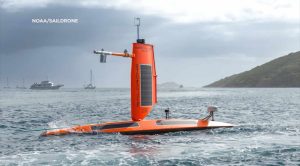
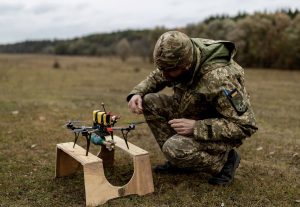

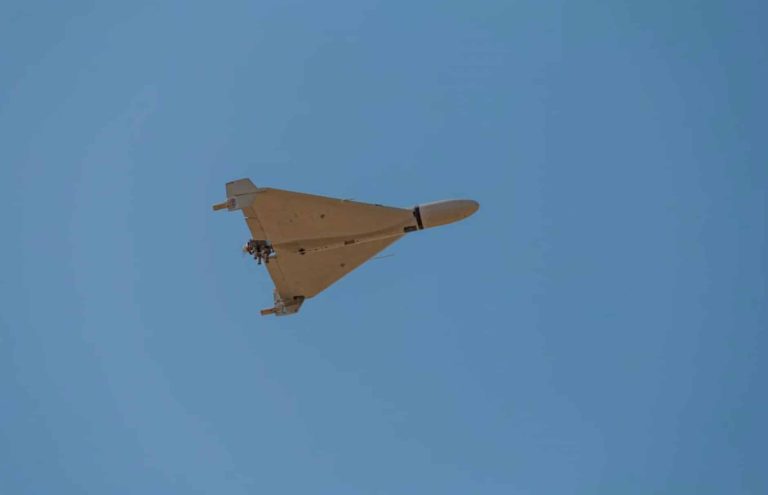
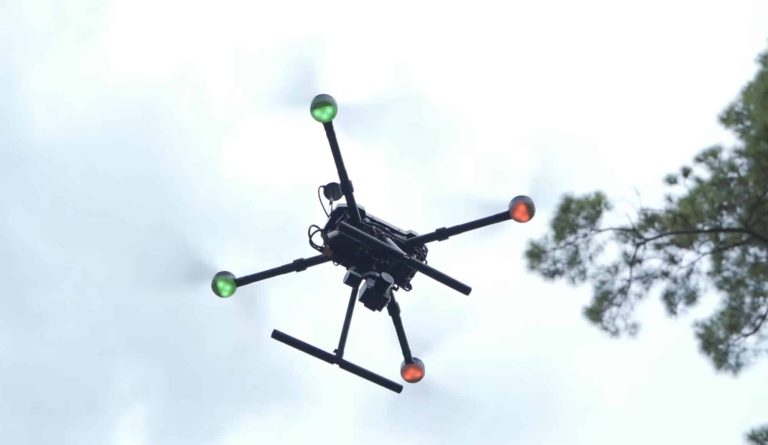
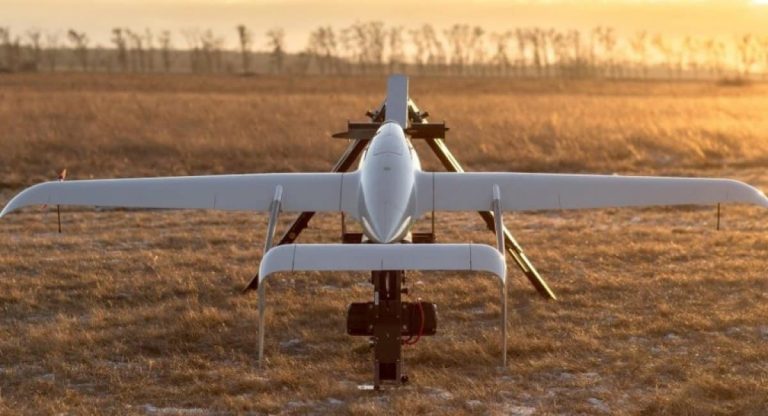
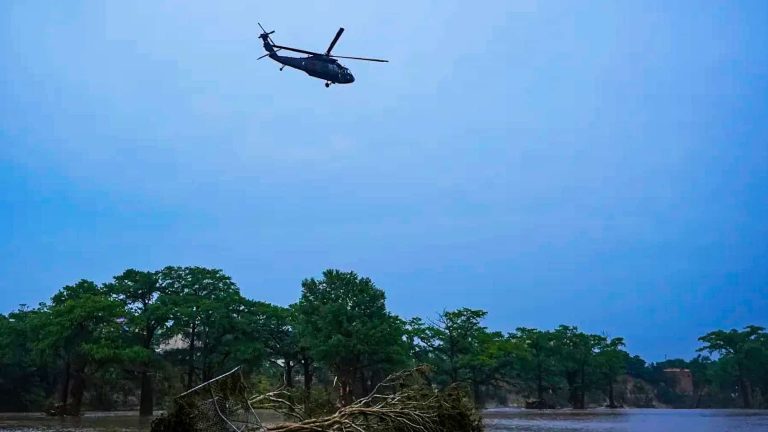
+ There are no comments
Add yours